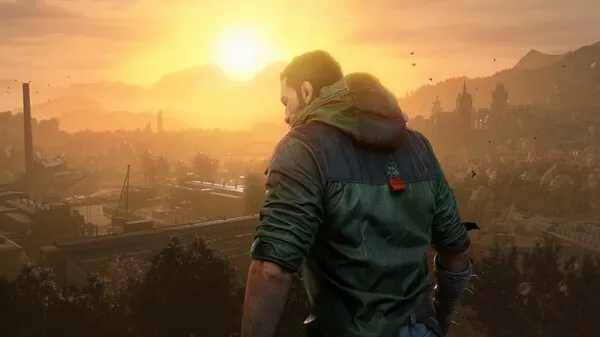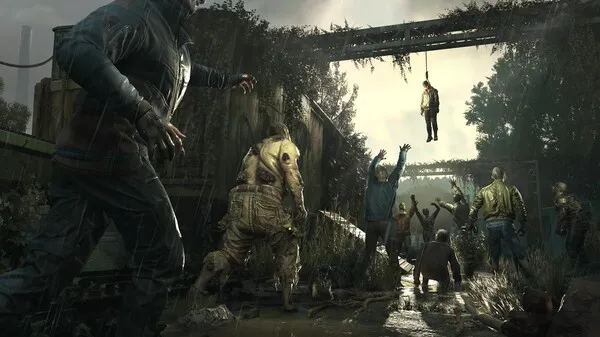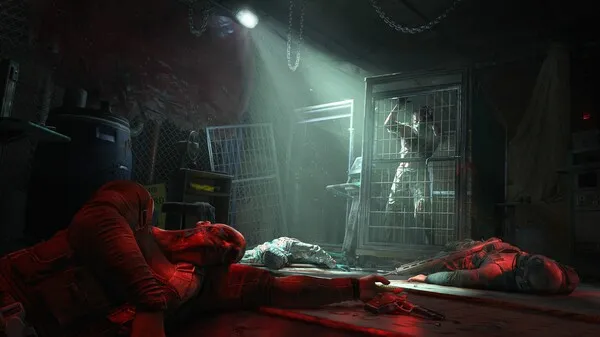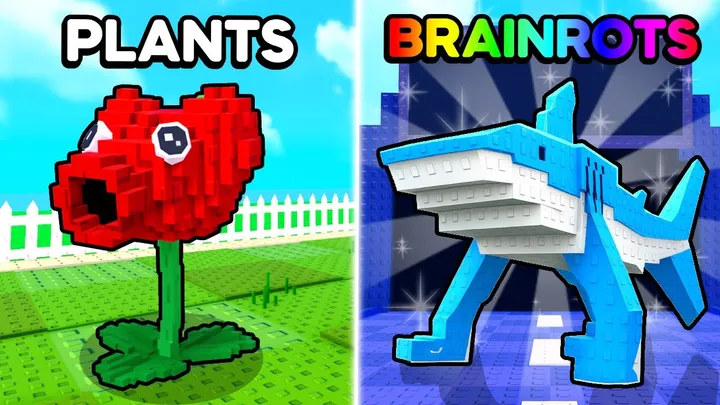Dying Light: The Beast expands on the acclaimed parkour-zombie survival franchise with new mechanics, improved combat, and an enhanced urban horror experience. Players explore a quarantined city overrun by infected, using a combination of agility, crafting, and strategy to survive.
This guide will take you from basic survival skills to mastering night missions, crafting advanced weapons, and dealing with powerful beasts. Whether you’re new to the series or a returning veteran, these tips will help you stay alive in the most dangerous environments.
Getting Started: First Steps in the Quarantine Zone
The game begins with tutorial missions that introduce movement, parkour, combat, and inventory management. Focus on learning traversal first — climbing, jumping, and sliding are crucial for both exploration and survival.
Early missions often involve clearing small infected zones or rescuing survivors. Take these seriously, as they teach combat pacing, resource management, and the timing of melee attacks. Avoid unnecessary fights until you are comfortable with controls.
Movement and Parkour Mastery
Parkour is central in Dying Light: The Beast. Traversal is often the difference between life and death.
- Wall Runs and Vaults: Use walls and obstacles to navigate quickly.
- Sliding and Drop Attacks: Helps escape or surprise enemies.
- Environmental Awareness: Always plan your path; roof jumps are safer than ground streets full of infected.
Practice fluid movement to chain parkour actions seamlessly — efficient navigation reduces combat risk and maximizes scavenging efficiency.
Combat Basics
Combat in the game is a mix of melee, ranged, and stealth mechanics. Melee is fast-paced, with emphasis on dodging and countering attacks.
- Melee Weapons: Swords, bats, and axes are common. Use light attacks for speed, heavy attacks for armor-breaking.
- Ranged Weapons: Crossbows and guns are vital for pulling enemies from a distance.
- Stealth: Avoid detection to conserve health and resources.
Combining parkour with combat, such as drop attacks from ledges, is extremely effective against tougher enemies.
Crafting and Resource Management
Resources are scarce, so efficient crafting is essential. Gather supplies from crates, buildings, and defeated enemies.
- Crafting Weapons: Upgrade basic weapons with nails, tape, and metal for increased durability.
- Traps and Molotovs: Useful for clearing groups of infected or slowing bosses.
- Medical Supplies: Always carry bandages and adrenaline stimulants.
Prioritize weapon durability and healing items before venturing into dangerous zones.
Nighttime Survival
Night missions are significantly more dangerous, as more aggressive infected appear. Glow-infected creatures are deadly if underestimated.
- Lighting: Use UV flares or flashlights to keep some infected at bay.
- Movement: Stick to rooftops and elevated terrain to avoid direct confrontations.
- Preparation: Ensure weapons are repaired and traps are stocked before nightfall.
Nighttime rewards are high but require extreme caution and planning.
Missions and Side Quests
Story missions advance the narrative and unlock new gear, while side quests provide additional experience, crafting blueprints, and resources.
- Escort and Rescue Missions: Train your combat and timing skills.
- Scavenging Runs: Often lead to rare materials.
- Boss Encounters: Introduce new challenges with unique infected behaviors.
Completing side quests improves your understanding of the city layout and increases your long-term survival potential.
Dealing with Beasts
The game introduces powerful beasts that require specialized strategies:
- Know Weaknesses: Some are vulnerable to fire, others to blunt weapons.
- Environmental Advantage: Lead enemies into traps or off rooftops.
- Hit-and-Run: Avoid prolonged melee fights; hit, retreat, and reposition.
Preparation and knowledge are key — rushing into a beast fight unarmed is almost always fatal.
Multiplayer and Co-op Strategies
Cooperative play enhances survivability and efficiency. Players can split roles: one scavenges, another secures rooftops, and another handles infected combat.
- Communication: Call out enemy locations and resources.
- Shared Resources: Distribute health, ammo, and traps for team survival.
- Co-op Parkour: Coordinate jumps and access routes to reach high-value loot safely.
Teamwork dramatically reduces risk during night missions or boss encounters.
Advanced Tips for Mastery
To excel in Dying Light: The Beast:
- Weapon Rotation: Carry both melee and ranged options.
- Upgrade Strategically: Focus on the weapons and armor that match your playstyle.
- Scout Before Combat: Plan routes and assess enemy positions before engagement.
- Adapt to Environment: Use vertical spaces, hazards, and traps to your advantage.
Mastery combines combat skill, parkour efficiency, and strategic resource management.
Conclusion
Dying Light: The Beast challenges players to survive a city overrun by deadly infected while mastering parkour and crafting. By combining movement, combat, and strategy, you can explore the city safely, complete missions, and face even the toughest beasts.
Patience, preparation, and adaptation are crucial — every rooftop, alley, and abandoned building offers both danger and opportunity.

















